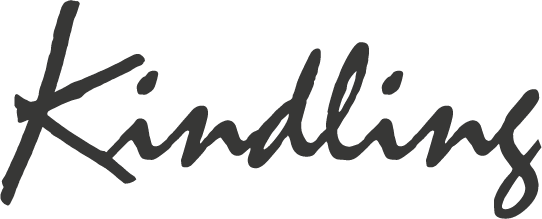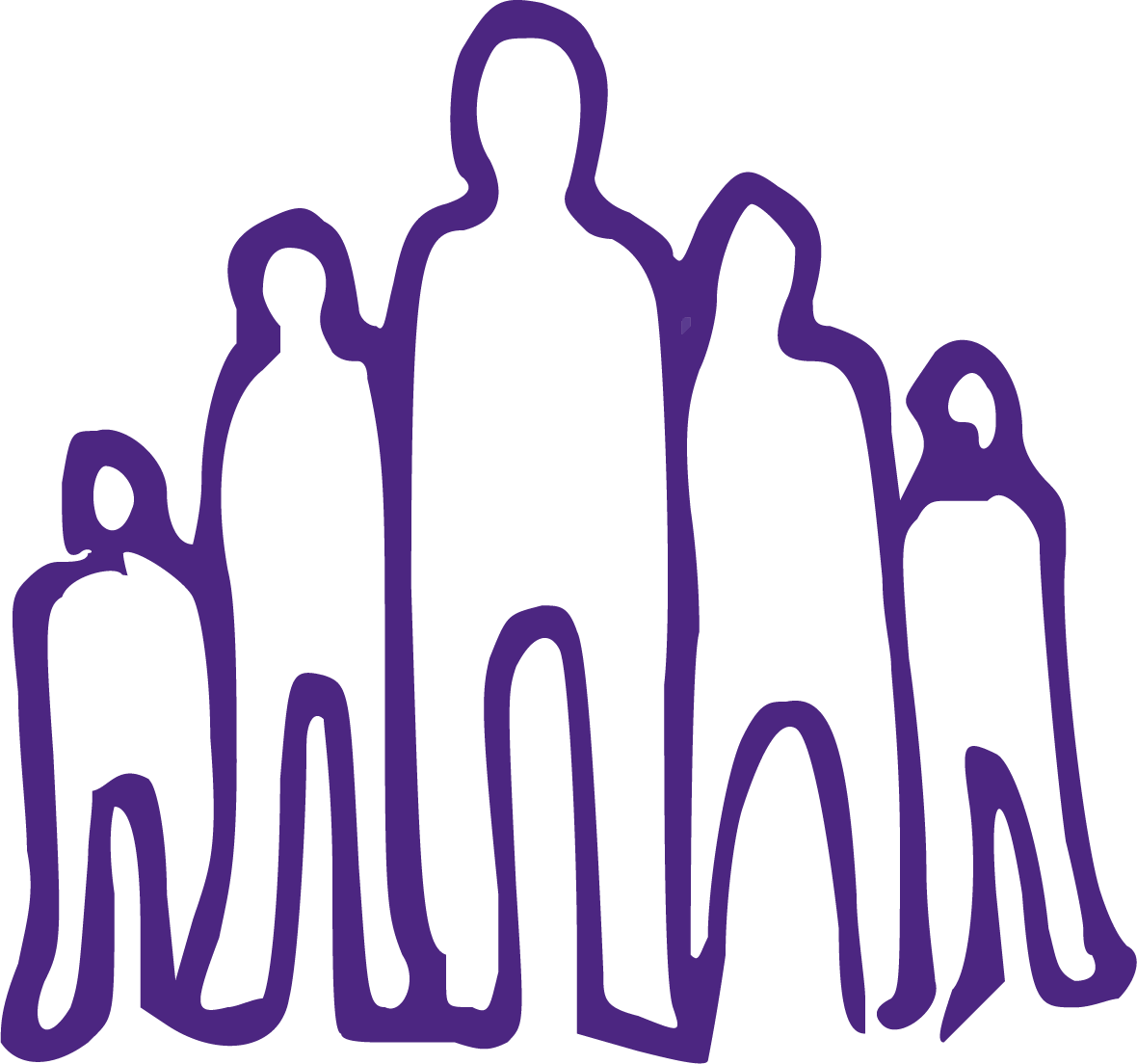The bystander approach works in two key ways:
When someone intervenes well:
The wrongdoer receives the message that their behaviour is not okay. This stops the harm in process and may prevent them from doing it again.
It tells others that the behaviour is not tolerated and that it’s safe to intervene. This changes the group norm.
Skillful bystander intervention can thus help to promote more equal, diverse and inclusive places to live and work, and transform organizational cultures.
But silence is complicity. When no one says anything the wrongdoer receives a message that their actions are acceptable. The behaviour carries on and can potentially get worse. Even more concerning, this negative behaviour can set a norm, which can encourage others to act harmfully too. This can create a cycle of damaging behaviour.
Kindling works with you to break this cycle. Anyone can be an ‘active bystander’ – anyone can intervene positively in potentially harmful situations when given the right tools. The most common thing people tell us is that they want to do the right thing, but lack the confidence and skills to do so. This is what our training addresses: we teach people to be active bystanders and leaders. We help you and your team identify harmful situations and how to intervene safely.
This can have a knock-on effect. If one person is feeling uncomfortable with someone’s behaviour, it’s likely others are too. By having the confidence and skillset to intervene, we act as leaders and encourage others to speak out too. Research has even shown that when one person intervenes it changes the ‘group norm’ – it shows other bystanders that it’s okay to speak-up. This sends a clear message to the wrongdoer that their actions are not OK.






